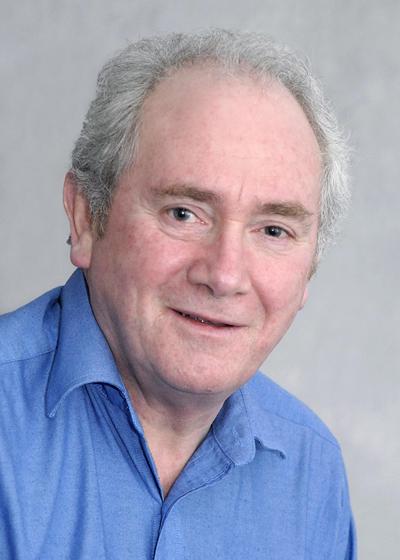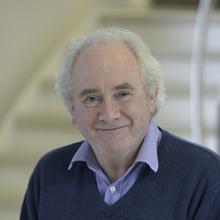Towards the next generation of electric vehicles

University of Southampton Professor in Electrochemistry, John Owen has outlined new European research into the next generation of batteries to an enthusiastic audience of academics in Argentina. It could result in the development of improved electric vehicles with a range of up to 500 km on a single charge.
He is a member of the EU LABOHR collaborative project (Lithium-Air Batteries with split Oxygen Harvesting and Redox Processes) with other leading European researchers and major companies including Volkswagen. Scientists are investigating a new way of designing lithium air batteries by using an ionic liquid to extract oxygen from air and transfer it to the positive electrode to form lithium oxide and electric current. The process has some similarities to the role of haemoglobin in transporting oxygen around the body. However, deposition of a solid product, lithium peroxide, restricts oxygen access to the electrode and limits the power.
The new ‘redox shuttle' concept developed at Southampton is to extract the energy from oxygen as soon as it arrives at the liquid surface, forming lithium oxide away from the electrode. The energy is extracted there and transferred to the soluble redox molecule viologen, which carries the energy to the electrode where the current is produced on reducing the viologen. The reduced viologen then returns back to the liquid surface to react with more oxygen and so the redox shuttle goes on.
"This new concept could produce safer and lighter batteries which would considerably increase the range of electric vehicles beyond the present limit" says John. "There is still much work to do because proof of success requires a complete and optimised system, which can take many years."
.JPG_SIA_JPG_fit_to_width_INLINE.jpg)
The conference in Buenos Aires also gave delegates the opportunity to visit the country's Jujuy region in the north west of Argentina where there are enormous deposits of lithium in salt lakes at an altitude of 3000 metres. Lithium mining is already operating at pilot plant scale and the country hopes to play a major role in the development of this new technology.
The first account of this work is being published in the journal Electrochemistry Communications.
Other University of Southampton sites
Links to external websites
The University cannot accept responsibility for external websites.
